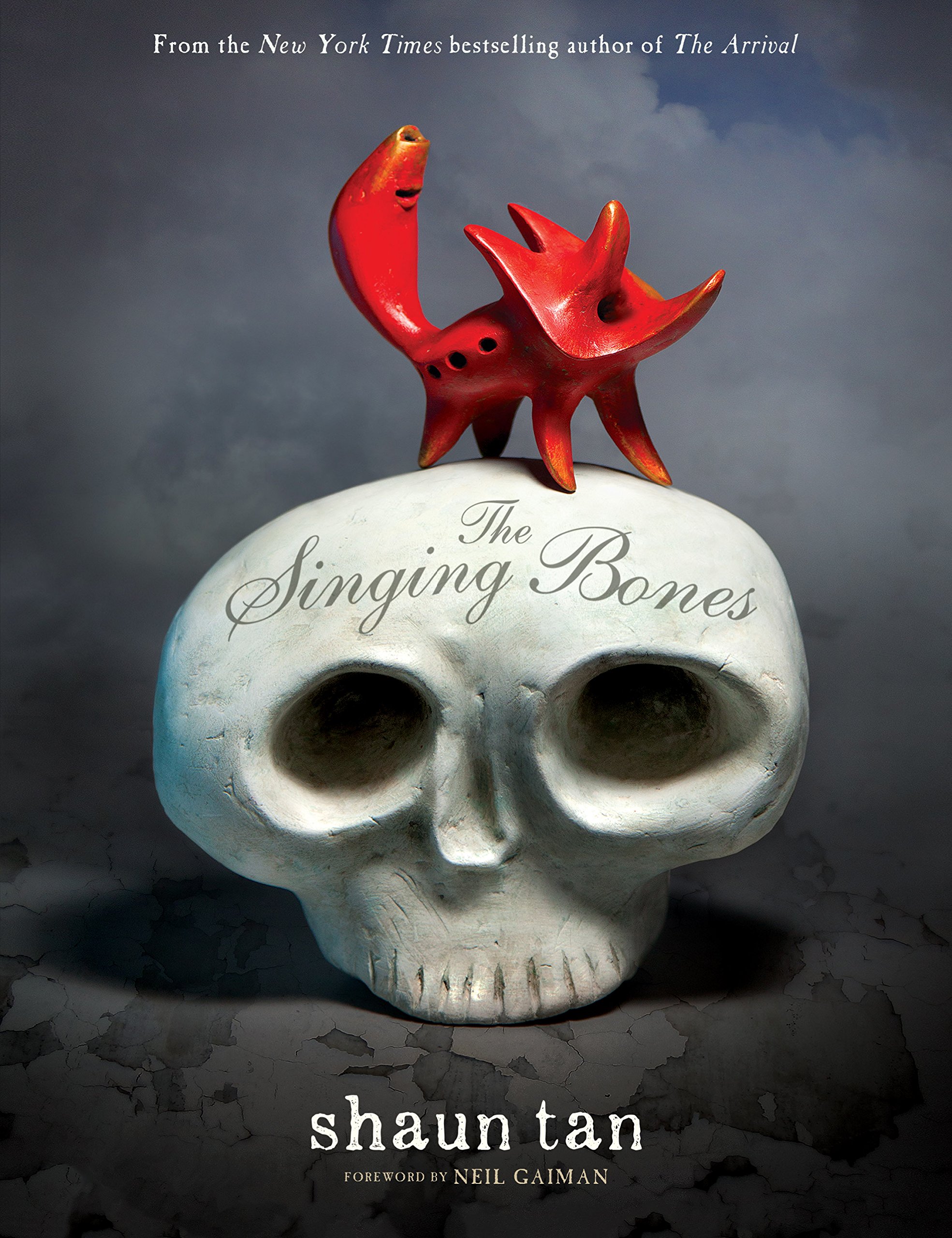This week I discovered the amazing book
The Singing Bones by Shaun Tan. Shaun Tan is best known for the wordless narrative
The Arrival, a somewhat abstract (and yet universal) look at what it is like immigrating to a foreign country.
The Singing Bones is inspired by the classic tales by the Brothers Grimm.
 |
| Cover of Shaun Tan's The Singing Bones. Image from Amazon.com |
Each of the Grimms' tales is represented by a single image. Tan first created sculptures for each tale, and then placed them in a scene before taking a photograph. In the book, each image is accompanied by one or two paragraphs from an English translation of he original tale.
The images are beautifully done and convey so much expression and each really does tell a story.
 |
| "Hansel and Gretel", from The Singing Bones. Image care of Booktopia. |
Even the tales I was unfamiliar with, I really felt like the images captured their essence.
I highly recommend taking a look at this book. It is beautiful, inspirational, and unique. I would love to do an activity with students where they attempt to create a single image to represent a story or concept, or even the revers - take a single image or sound and have the students use it as inspiration to create a story or other work of their own.




Thanks for sharing this! I am a huge fan of Shaun Tan but have not seen this book before. I am excited to get a copy and try the activity you suggest.
ReplyDeleteLet me know if you do try the activity! I would love to know how it goes. Thanks for reading <3
Delete